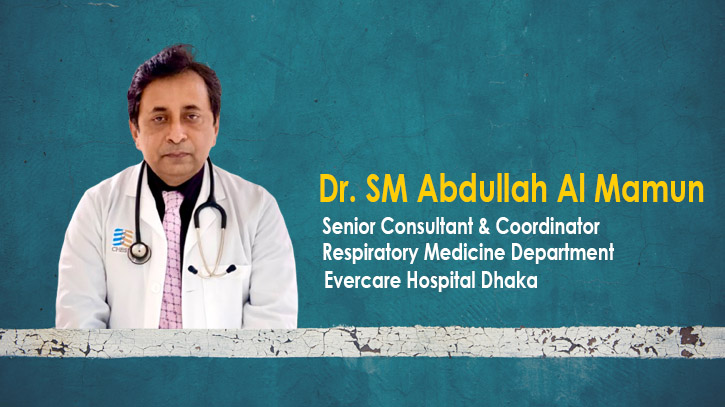
In the fast-paced urban landscape, the air we breathe is increasingly becoming an invisible threat to health. Chronic Obstructive Pulmonary Disease (COPD), a progressive lung condition marked by difficulty breathing, chronic cough, and excessive mucus production, is one of the many casualties of growing urbanization and environmental neglect. While millions already suffer from COPD, the role of air pollution in worsening the disease remains unacknowledged despite its profound impact on public health.
City air is laden with pollutants that wreak havoc on respiratory health. Among these, Particulate Matter (PM2.5 and PM10)—microscopic particles invisible to the eye—penetrates deep into the lungs, triggering inflammation and permanent damage. Nitrogen Dioxide (NO₂), emitted largely by vehicle exhaust, irritates airways and diminishes lung function. On sunny days, Ground-Level Ozone (O₃) forms, causing inflammation in airways and leaving COPD patients gasping for air. Meanwhile, Sulfur Dioxide (SO₂), a byproduct of burning fossil fuels, further aggravates symptoms by constricting airways.
These pollutants harm the lungs in multiple ways. They induce inflammation, and airway constriction, leading to excessive mucus production, a defining feature of COPD. Oxidative stress from pollutants generates free radicals, damaging lung cells and accelerating disease progression. Compounding the problem, prolonged exposure weakens the lungs’ natural defense mechanism, making them more exposed to infections that exacerbate COPD. High pollution levels often trigger acute exacerbation and sudden and severe episodes of worsening symptoms that frequently require emergency medical attention. Studies show these episodes are linked to higher rates of hospitalization and, in severe cases, mortality. Even outside these acute events, chronic exposure reduces physical activity, causes persistent breathlessness, and diminishes overall well-being, making breathing a struggle.
Amidst the environment burdened with polluted air, COPD patients must take proactive measures to safeguard their health. Avoiding outdoor activities during peak traffic hours or high-pollution days is crucial, as these times pose the greatest risk. Creating a clean indoor environment is equally important—air purifiers that filter fine particles can significantly improve indoor air quality, while proper ventilation helps circulate fresh air. Smoking indoors should be strictly avoided, as secondhand smoke compounds respiratory issues. When outdoor exposure is unavoidable, protective gear becomes indispensable. High-quality masks, such as N95 respirators, provide effective filtration against airborne pollutants. Additionally, staying informed about pollution levels through apps or local weather updates empowers individuals to plan their activities, choosing when to stay indoors or venture outside.
While individual actions are vital, addressing air pollution requires a collective effort. Government and policymakers must take the lead in tackling this crisis at its source. Regulating emissions from vehicles and industries is a fundamental step, with stricter limits and enforcement mechanisms needed to ensure compliance. Urban green spaces offer a natural solution, as trees and vegetation filter pollutants. Expanding greenery in densely populated areas can have a transformative effect on both air quality and community well-being. Equally essential is public awareness. Campaigns highlighting the link between air pollution and respiratory health can empower communities to adopt protective behaviors and advocate for cleaner policies. Educating people about the long-term health risks associated with pollution can drive meaningful change at both individual and systemic levels.
As research outcomes suggest, long-term exposure to polluted air significantly increases the risk of developing COPD, while short-term pollution spikes cause acute exacerbations that hospital admissions. This reality underscores the urgent need for action to protect vulnerable populations and mitigate the harmful environmental drivers of this respiratory epidemic.
In conclusion, air pollution is a critical factor in the development and progression of COPD, posing a serious threat to public health. Addressing this issue requires a holistic approach that combines individual preventive measures with effective public policies aimed at reducing emissions and improving air quality. By working together, we can alleviate the burden of COPD and create a healthier, more sustainable future for all.
Dr. SM Abdullah Al Mamun is a Senior Consultant & Coordinator, Respiratory Medicine Department, Evercare Hospital Dhaka.
Messenger/EHM








